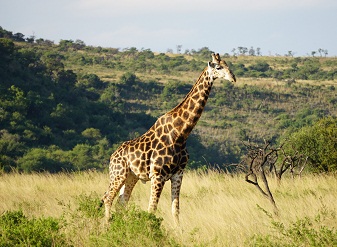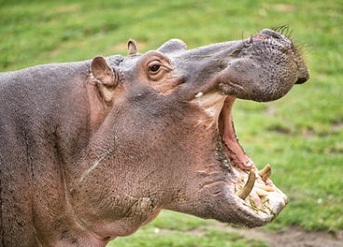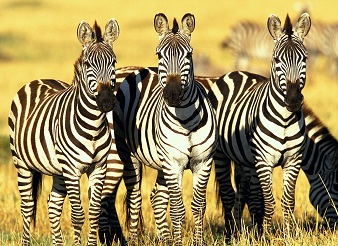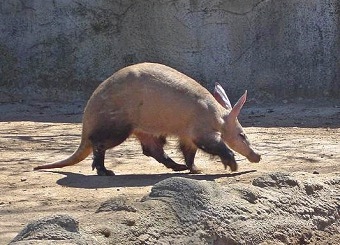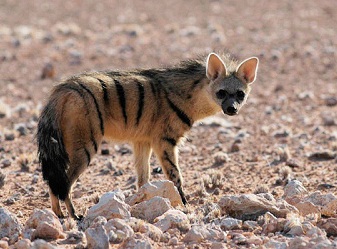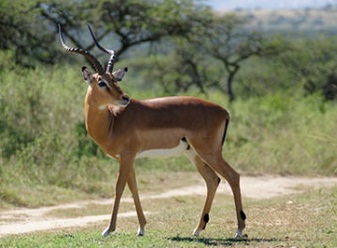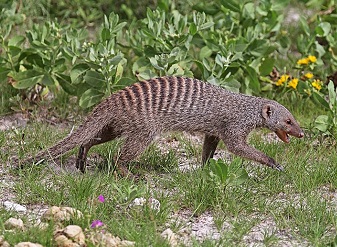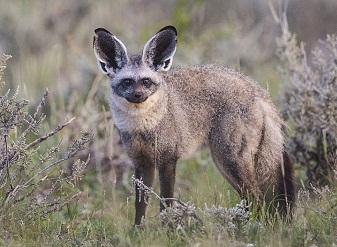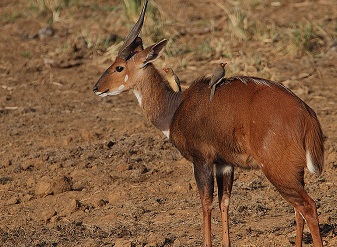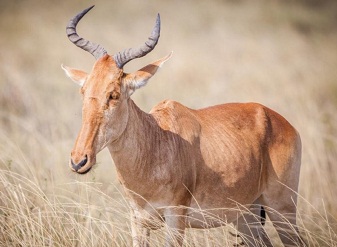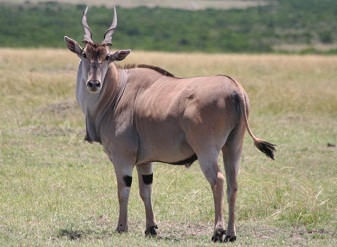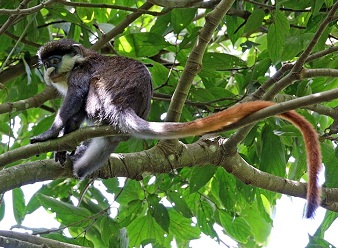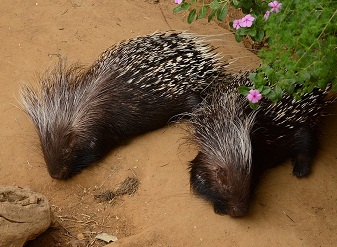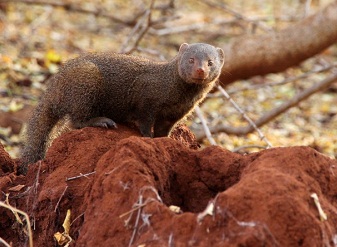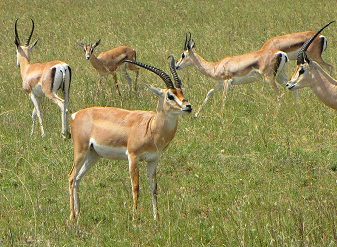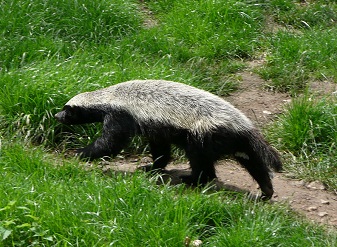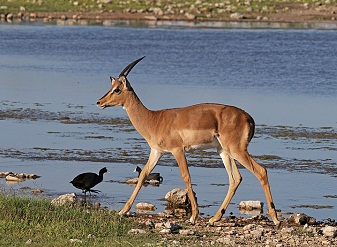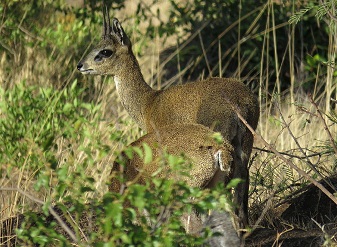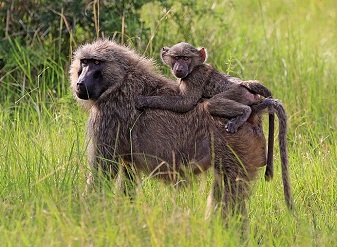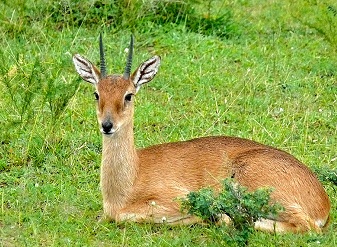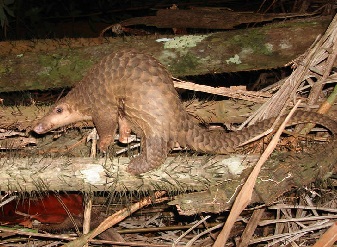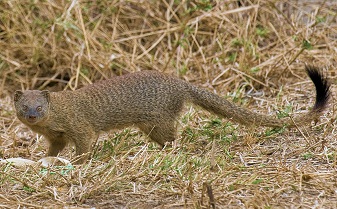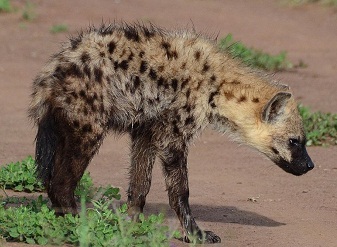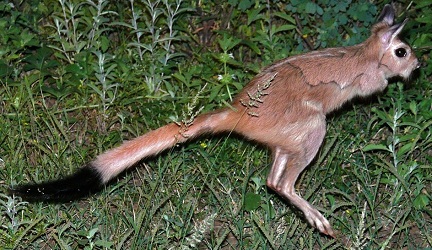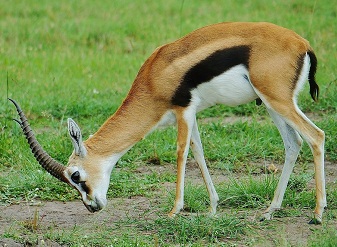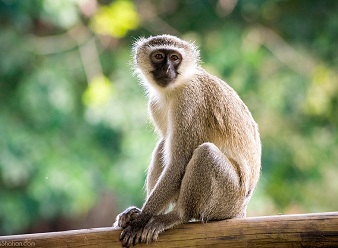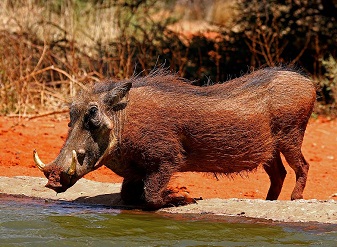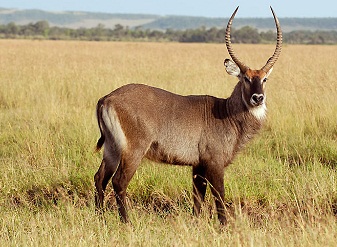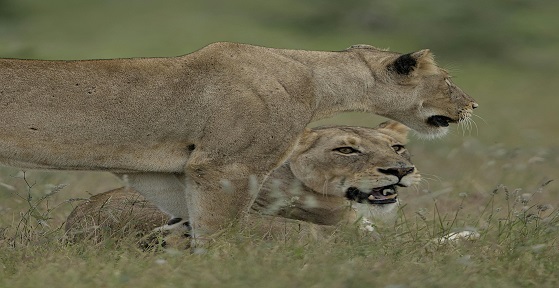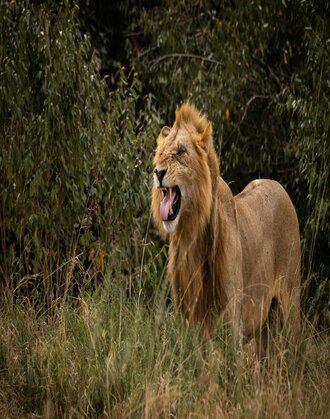Simply put, the wildlife in Masai Mara is considered one of the finest collection of wild animals anywhere in the world. With literally close to 90 species of Mammals and many more Birds, Masai Mara and the surrounding Great Mara ecosystem is home to a rich, diverse collection of wildlife that tourists from the world come to see during an African Safari.
We have categorized the wildlife into a general Mammal list to include the famous Big Five ( Lion, Elephant, Rhino, Leopard, and Buffalo ) and the Big Nine to additionally include the Cheetah, Giraffe, Hippo, and Zebra.
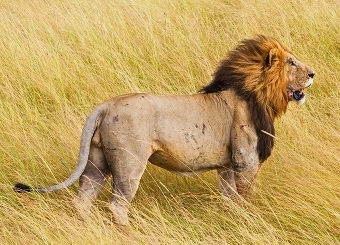 The Big Five
The Big FiveMost tourists come to East Africa hoping to see the so-called ''Big 5'', namely Lion, Elephant, Rhino, Leopard and Buffalo. Well, the Mara is one of the few places in Africa where seeing all these five animal species is not just possible but also fairly likely during a 3-day safari.
Lion ( Panthera Leo)
It is estimated that there are close to 850 to 900 Lions in the Masai Mara National Reserve and surrounding conservancies that border the reserve. The 'Mara' as it is also known is generally considered one of the best places in Kenya and East Africa to see these magnificent animals in the wild on a Safari. Individual Lions (males) can hold huge territories ranging from 30 to 400 square kilometers. The lionesses (females) take the lead when it comes to hunting down the prey. From time to time the Males will assist with a hunt.
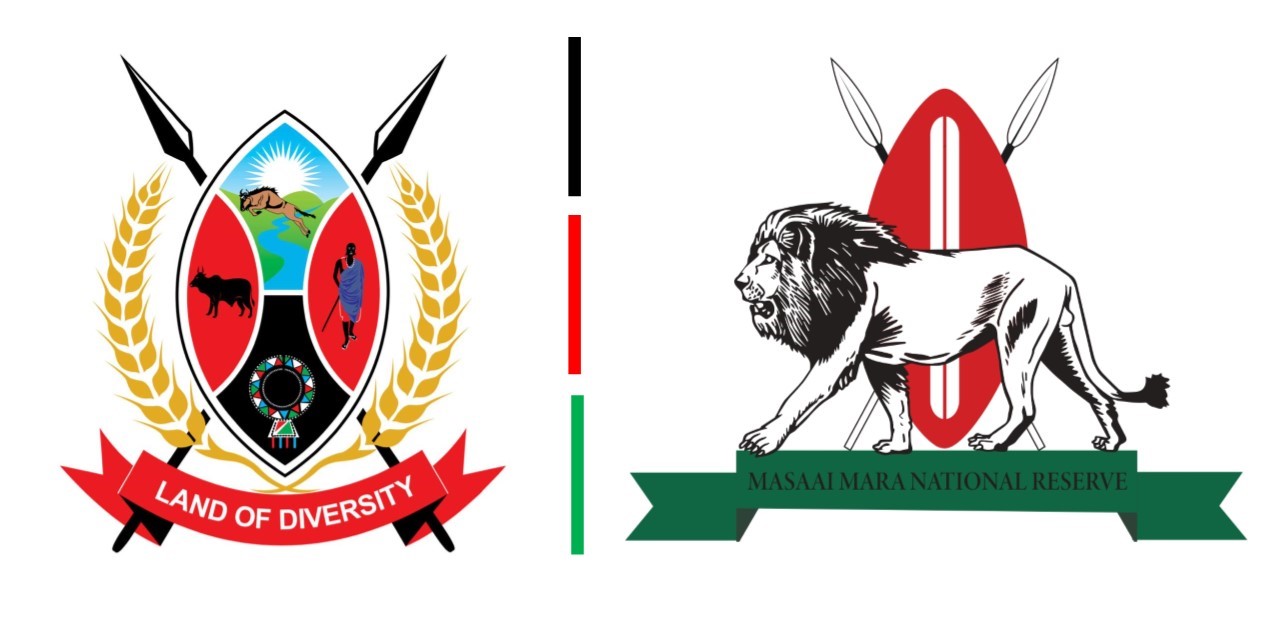
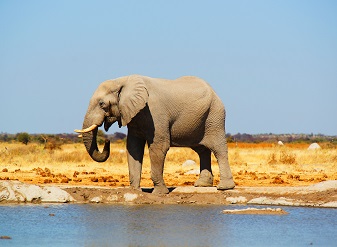 Elephant ( Loxodonta Africana )
Elephant ( Loxodonta Africana )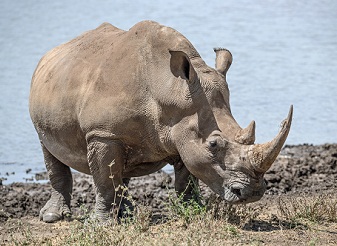 Rhino ( Rhinocerotidae )
Rhino ( Rhinocerotidae )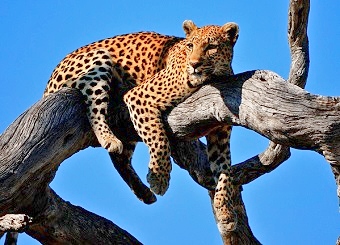 Leopard (Panthera pardus )
Leopard (Panthera pardus )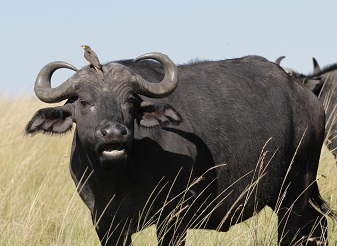 African Buffalo ( Syncerus caffer )
African Buffalo ( Syncerus caffer )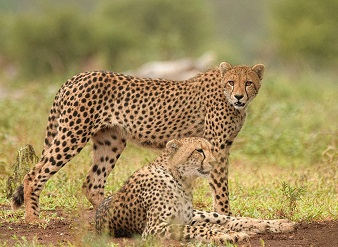 Cheetah ( Acinonyx Jubantus )
Cheetah ( Acinonyx Jubantus )